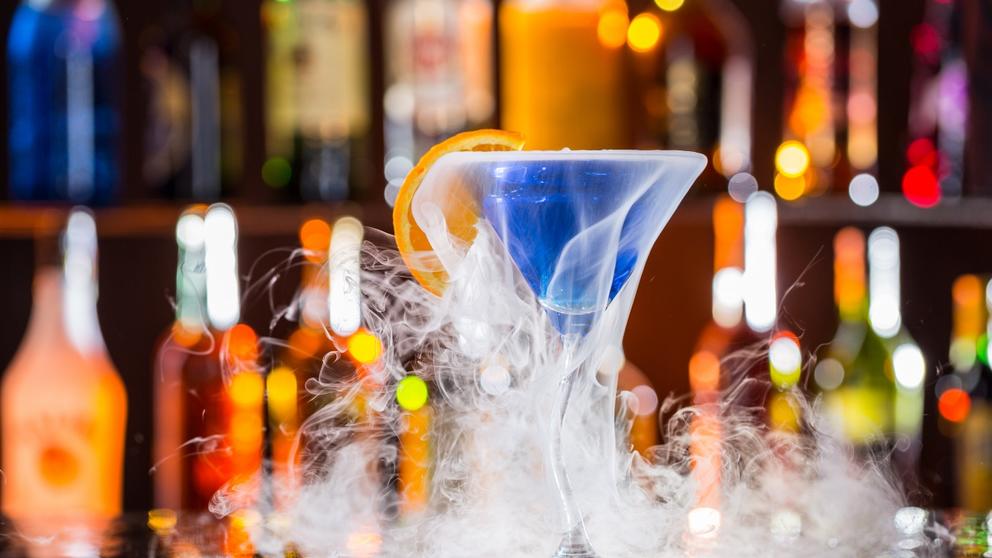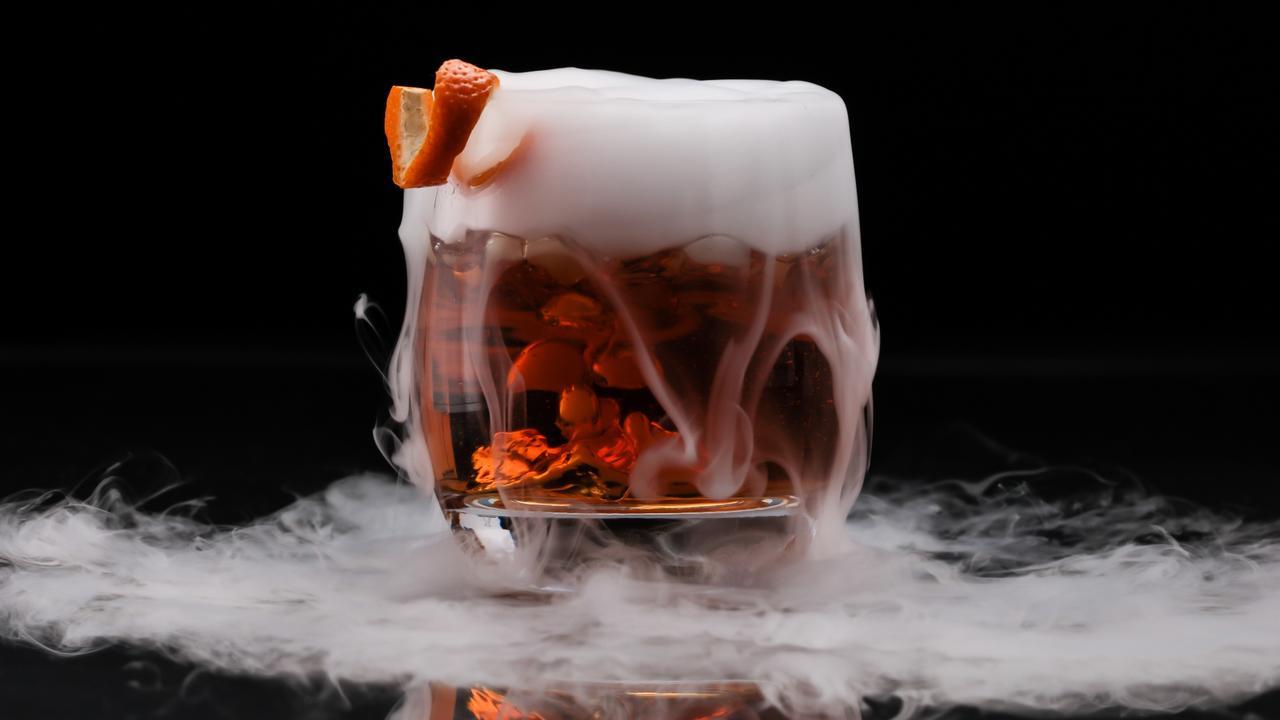For those of us that enjoy a spectacle, not many can deny the allure of dry ice, with its soft, cloudy vapours that float and eddy around bars and furniture with an effortless, picturesque effect that seems not to cause any mess, inconvenience or discomfort. Dry ice has a unique, other-worldly charm that can give a presentation that finishing touch of class which cannot fail to go unnoticed, and will make every event or occasion all the more memorable.
Much more than just a dazzling party trick, dry ice has a great many functions from freezing food to creating plumbing blocks, and from trapping mosquitoes to blast cleaning. This is all made possible by the phenomena of frozen carbon dioxide gas that stays very cold in its solid form, and sublimates – that’s turning directly from a solid state to a gas, at temperatures over -78.5°C. So the magical fog we all know and love will occur in most everyday environments. There are, however, one or two things that shouldn’t be forgotten when dabbling in frozen carbon.
Handling
At such freezing cold temperatures, dry ice is certainly much colder than is comfortable for most humans. This means that protective gloves made from cloth or leather should always be used for handling. Touching it for a short time will not cause a problem, but prolonged contact may freeze skin cells and result in an injury similar to a heat burn. These can be treated as a regular burn, and antibiotic cream and a bandage may be used if necessary.
When transporting dry ice, a container such as an ice chest can be used, and these containers should not be stored alongside passengers, or they should be transported in an insulated area. It can be easy to overlook such precautions, but in the least harmful scenarios this will result in an uncomfortable nausea in those exposed for too long.
For use in cocktails and other drinks, a very small amount of solid CO2 will produce a large amount of vapours, so it can be used sparingly. Guests should always be warned that drinks contain dry ice and it should never be directly consumed.
Storage

When it comes to storing dry ice, there are a few things to remember. On the one hand it cannot be stored in airtight containers because the process of sublimation will cause expansion, so a container may become damaged or explode, similar to the way glass bottles containing liquids will break when frozen. So dry ice should be contained – though not too tightly, and due to the escaping CO2, the room should be well ventilated for the sake of anyone who enters.
On the other hand the dry ice should be well insulated, because the more the temperature is retained, the slower the sublimation rate will be, so warmer conditions will cause dry ice to be wasted (the usual rate of sublimation is 10%, or five to ten pounds every 24 hours). This means that it’s better to store it in a cool area that is away from direct sunlight. As carbon dioxide is heavier than air, it sinks to the bottom of a room, so any air vents are best positioned lower down. Dry ice does not need to be artificially cooled because it is at a very cold temperature already, and storing it in a freezer can cause the thermostat to turn off the machine.
Before entering an area that contains dry ice in storage, be sure that there has been sufficient time for the CO2 to clear so that breathing is possible.
Safety
When we see the mystical, fairy-tale visual effects of dry ice it’s hard to imagine that anything so pretty and magical could be dangerous. But technically speaking, the ice produces an asphyxiant gas which, as the term suggests, can be damaging and potentially lethal. High concentrations of the sublimed vapour can lead to asphyxiation, and contact with a dry ice solid can cause burns and frostbite. For this reason, dry ice is classified as ‘dangerous goods’ by the International Air Transport Association, and it must be shipped with a black and white UN label, UN1845. In the UK, dry ice comes under the same classification, and those using it are legally required to follow government regulations listed under Control of Substances Hazardous to Health (COSHH).
Ordinary air contains around 78% nitrogen, 21% oxygen and 0.035% carbon dioxide. If the proportion of CO2 exceeds 0.5% it can become dangerous, and those who have been around dry ice for periods of time should be mindful of the symptoms of breathing too much CO2, such as panting or breathing quickly, headaches or lips turning blue. This is something that can happen to people in close contact with dry ice, so be warned!
With all this being said, when used responsibly, dry ice can be enjoyed, and when used with great aplomb can perhaps achieve that extra little theatre that makes all the difference.

